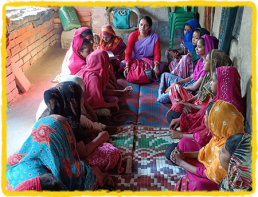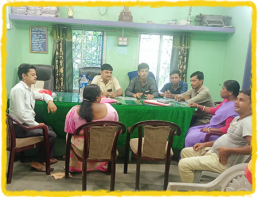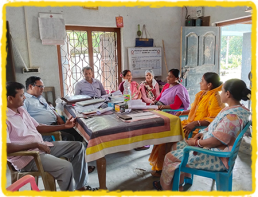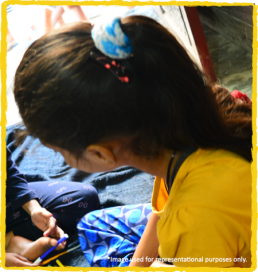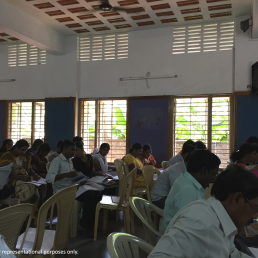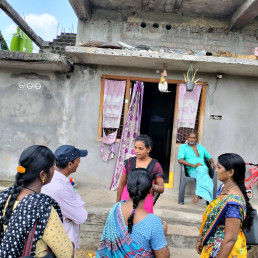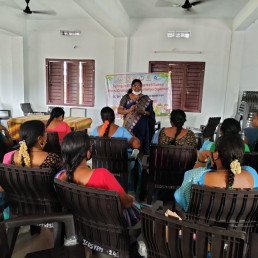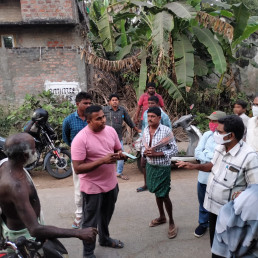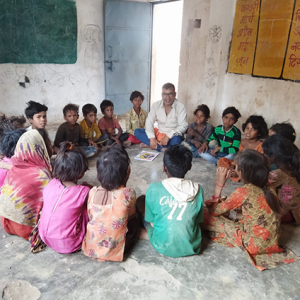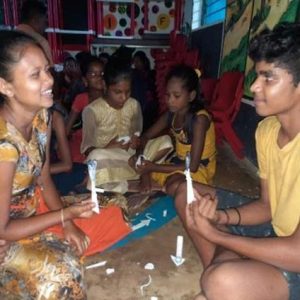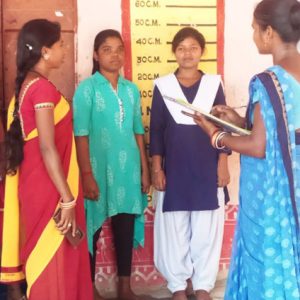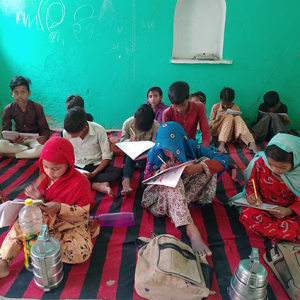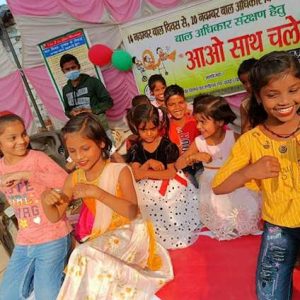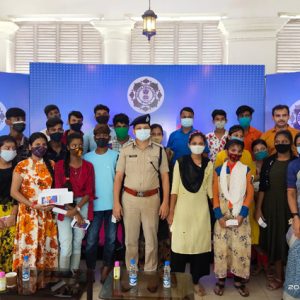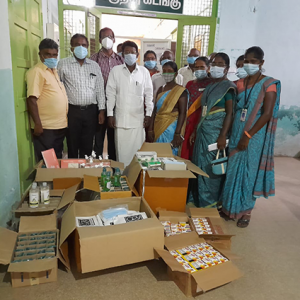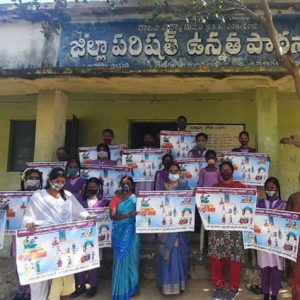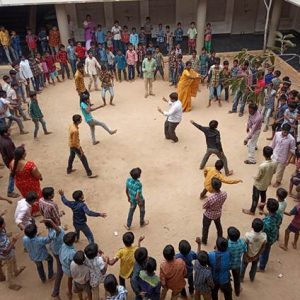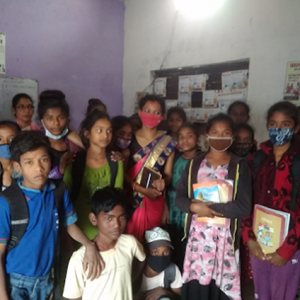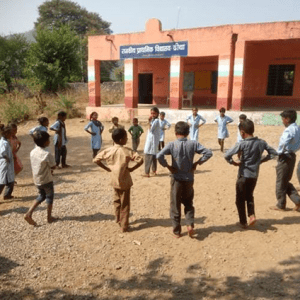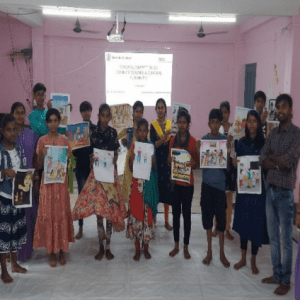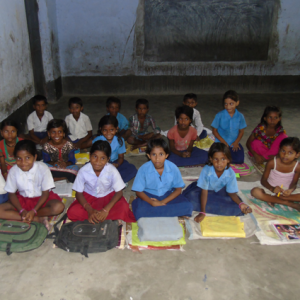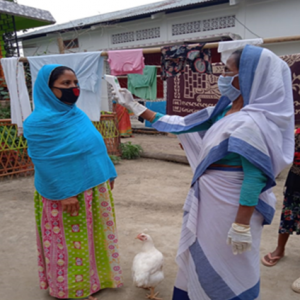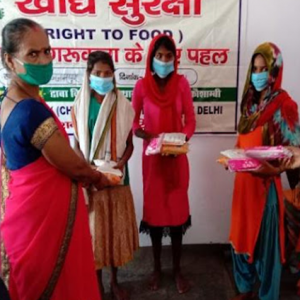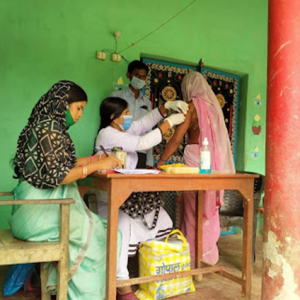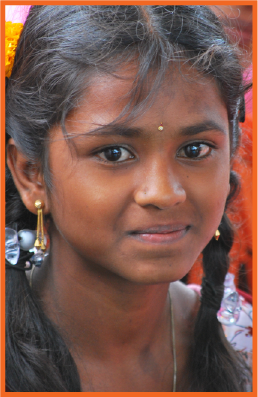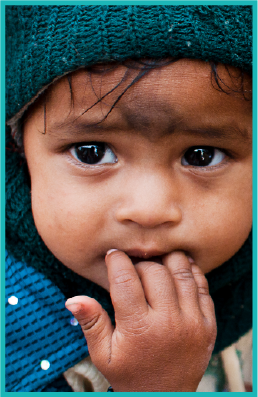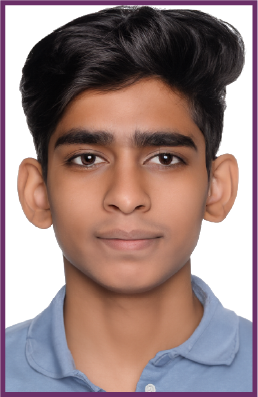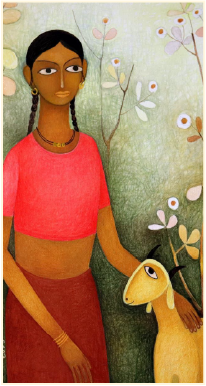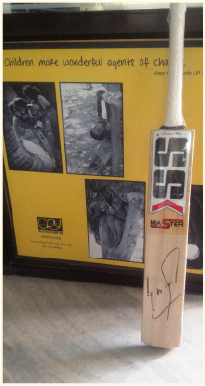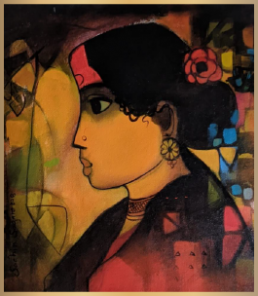Campaign Story
About the project
Jharkhand’s West Singhbhum district faces a host of child rights challenges, including: child labor, school dropout, child marriage, orphaned children, child trafficking, substance abuse, and more. Seasonal migration affects children and families, who travel to take up jobs in the brick kiln industry, construction sector, and agriculture. Among tribal people living in the remote areas, child marriage is socially accepted; as such, families are vulnerable to child traffickers, who lure victims with the false hope of “good marriage”. These problems are compounded both by endemic alcohol and substance abuse throughout the district, as well as seasonal cyclones that upend livelihoods.
SMVM has been in partnership with Save the Children (Bal Raksha Bharat) in implementing the “Protecting Children through Capacitated Workforce” project across 142 villages in its operational area.
This Project is fully funded by the Oak foundation.
Making a difference
There are myriad essential inputs that ensure a functional Child Protection Workforce. Among these are a thorough comprehension of child rights and child-protection issues, technical proficiency in identification and monitoring of vulnerable children, case intervention practices, and a mission-driven attitude toward coordination with varied stakeholders. Along these lines, the project promotes development of village-, block-, Gram Panchayat-, and district-level child protection committees. SMVM’s holistic approach to programming engages parents, children, school officials, and local governments on child-protection issues, and leverages public safety-net and poverty-alleviation resources to the benefit of low-income families.
The way forward
● Ensure that 142 VLCPCs prepare action plans, per vulnerability of respective villages
● Link all 2982 vulnerable children/families with at least one social welfare program
● Organize 640 meetings for 140 children’s collectives to develop members’ soft skills
● Conduct 4 block-level coordination meetings among multiple stakeholders to improve efficiency in addressing and resolving child protection cases
● Prepare and disseminate 20 high-impact case studies
● Continue implementation of electronic case-management by community mobilizers
● Through the Community Cadre model, strengthen Village-Level Child Protection Committees
● Train 142 VLCPC members to assess and respond to child protection concerns.
● Train 10 Child Protection Committees, frontline workers and representatives of child-rights organizations on relevant laws
● Form and support 142 children’s collectives in building their leadership on child-rights issues
● Link at least 1448 children and their families with public services and social protection programs
● Provide mental health services to children, families and caregivers
The way forward
● Orienting Anganwadi teachers on Early Childhood Education (ECE) programme components.
● Strengthening parents monitoring committee
● Conducting awareness programmes on child labor at the community level
● Implementing Life Skills Modules in child collectives to inculcate self-esteem and self confidence
● Transact life skills modules on sexual and reproductive health in adolescent girls collectives
Project Impact

79
Cases of child migration, trafficking, child marriage referred to relevant authorities

63
Children rescued from trafficking/migration

2982
Vulnerable children identified

1110
Children and 596 families linked with various public welfare programs

19
Child laborers re-enrolled in school

16
Children rescued from trafficking

2577
Children’s collectives formed in 142 villages, with 2577 children participating












